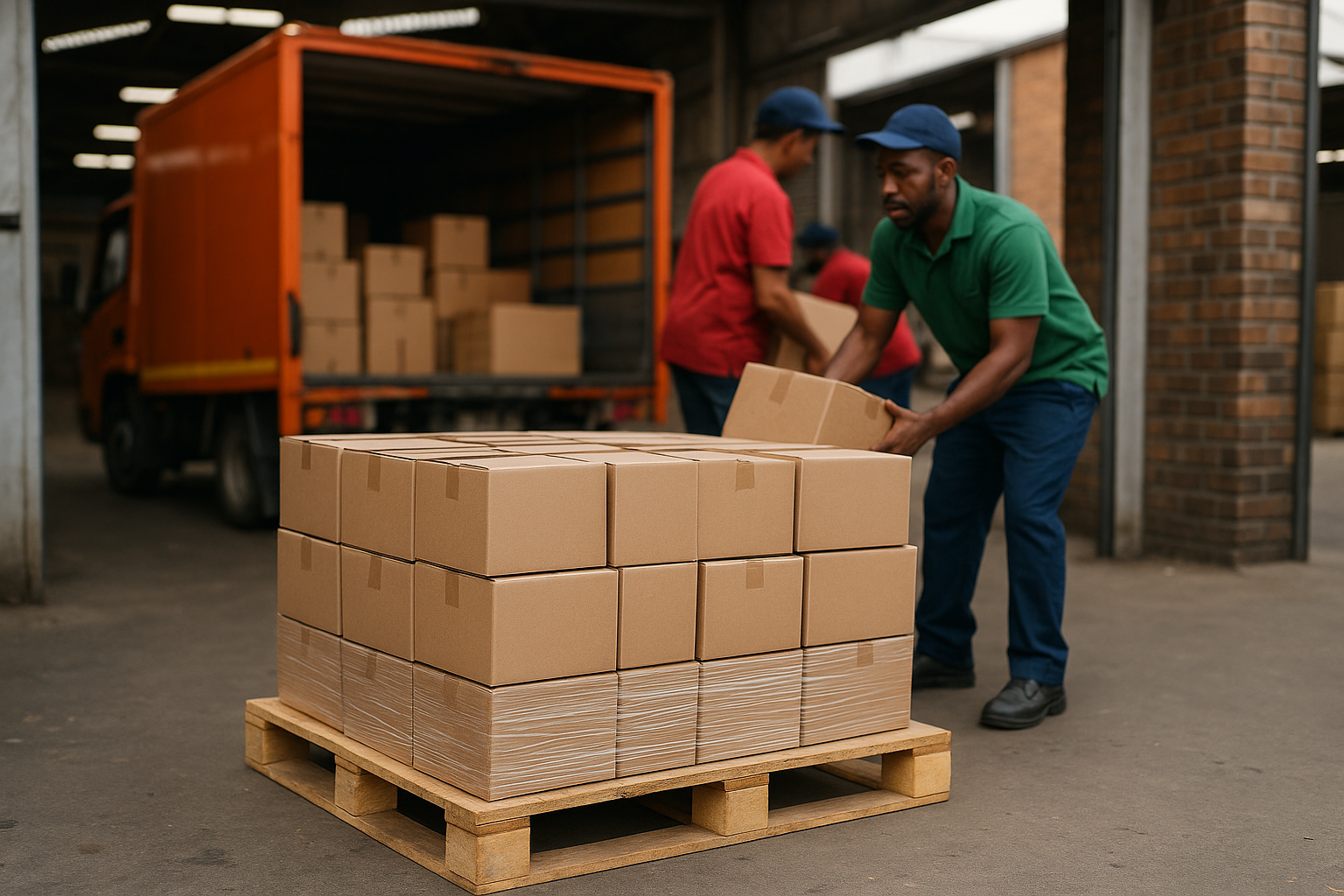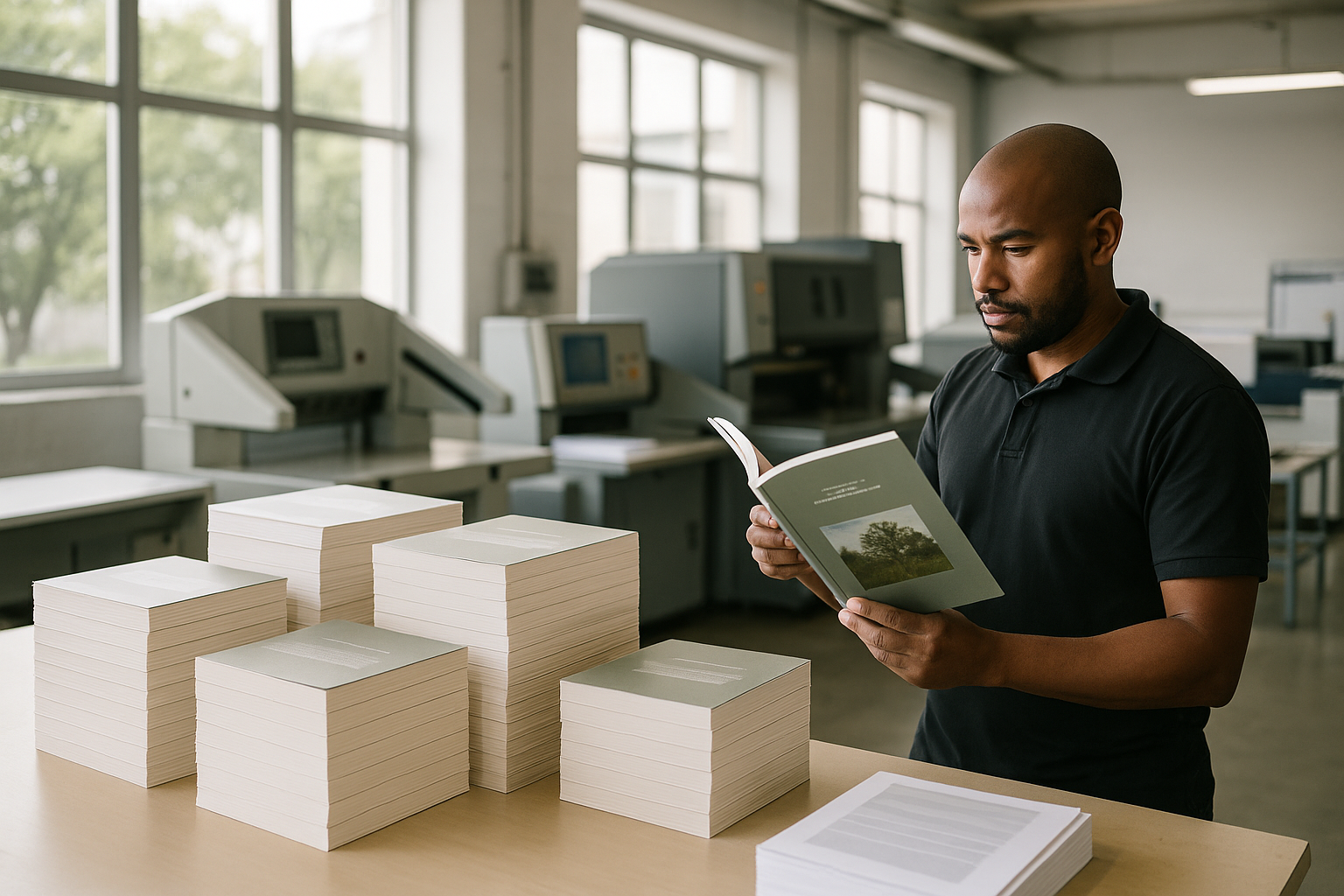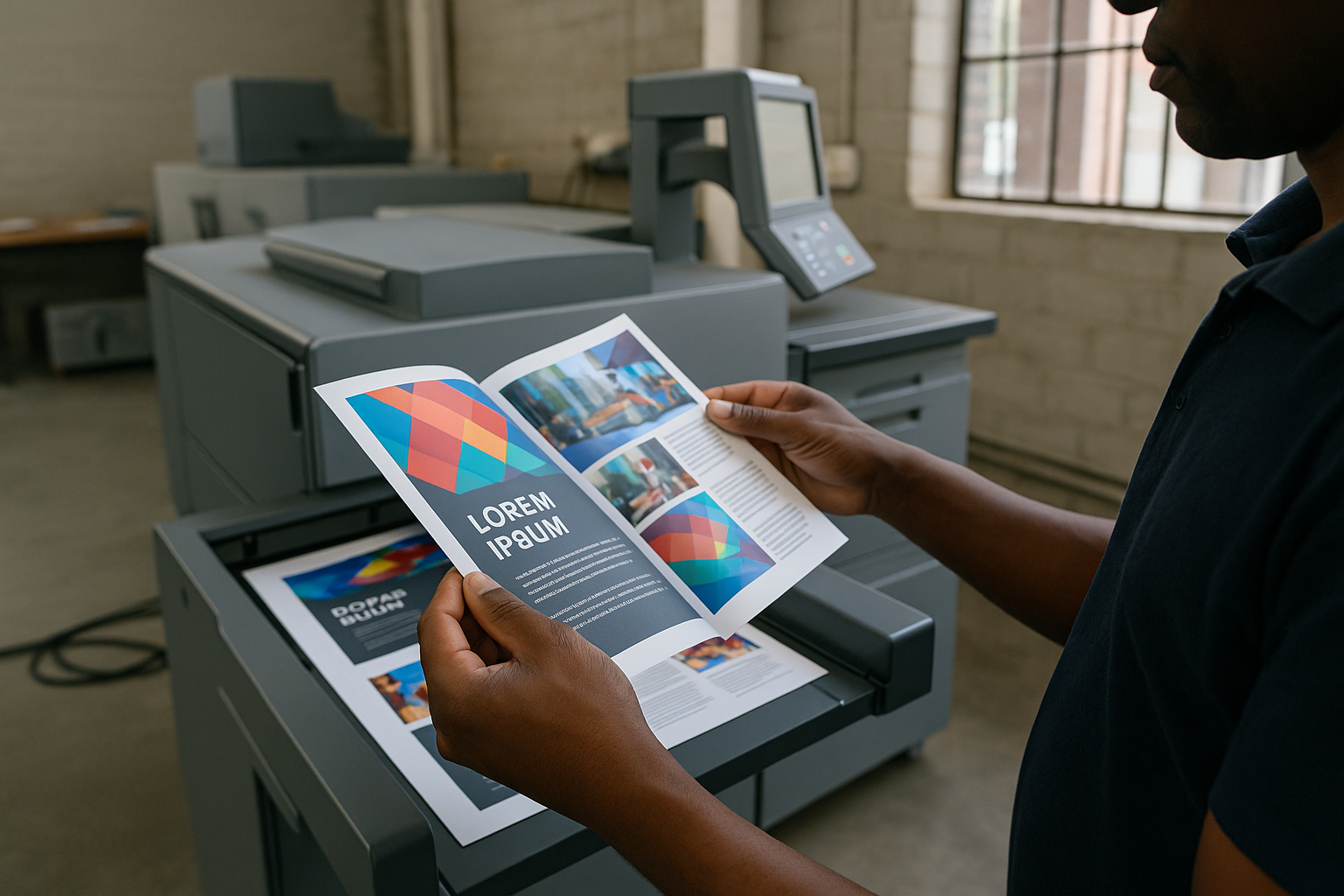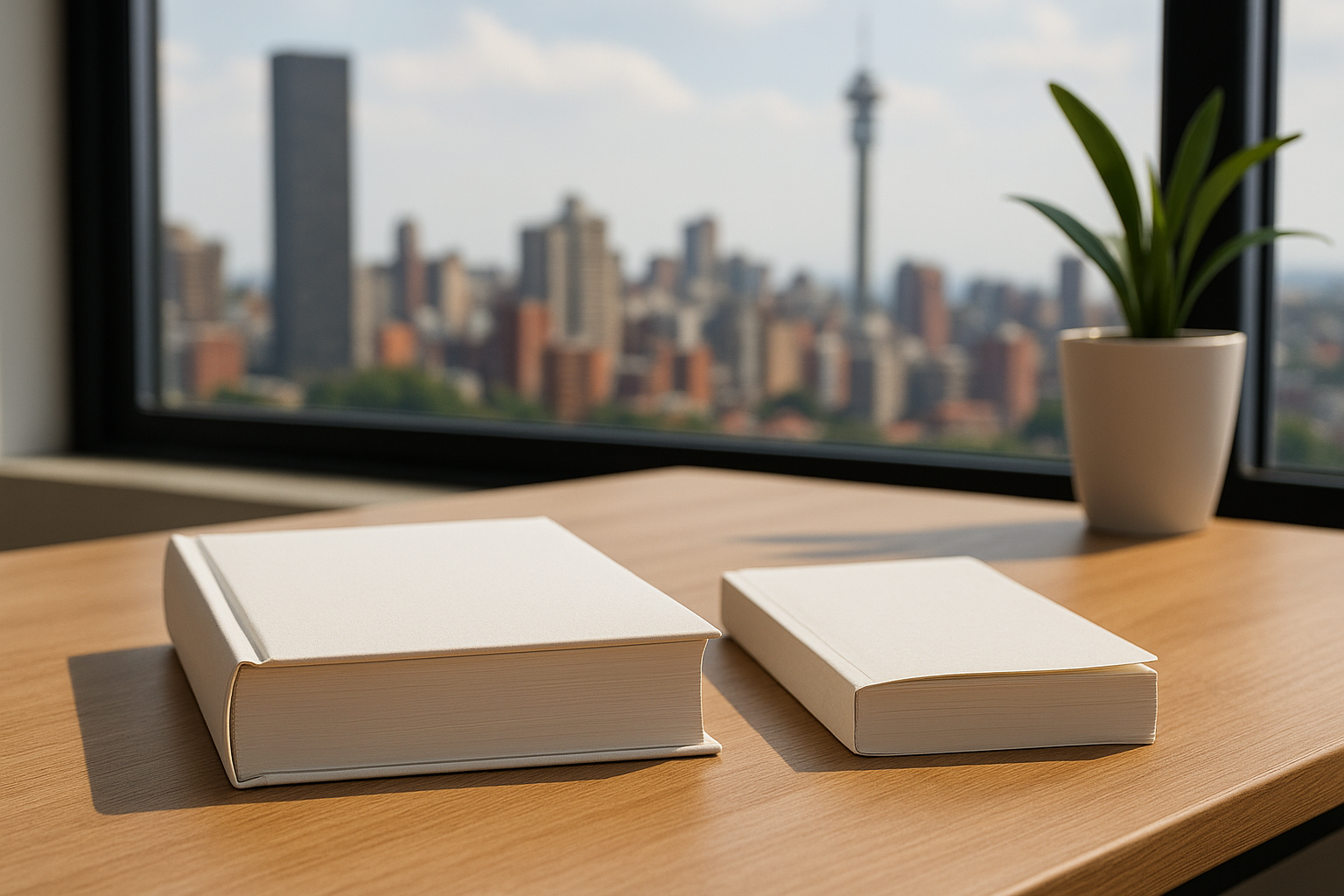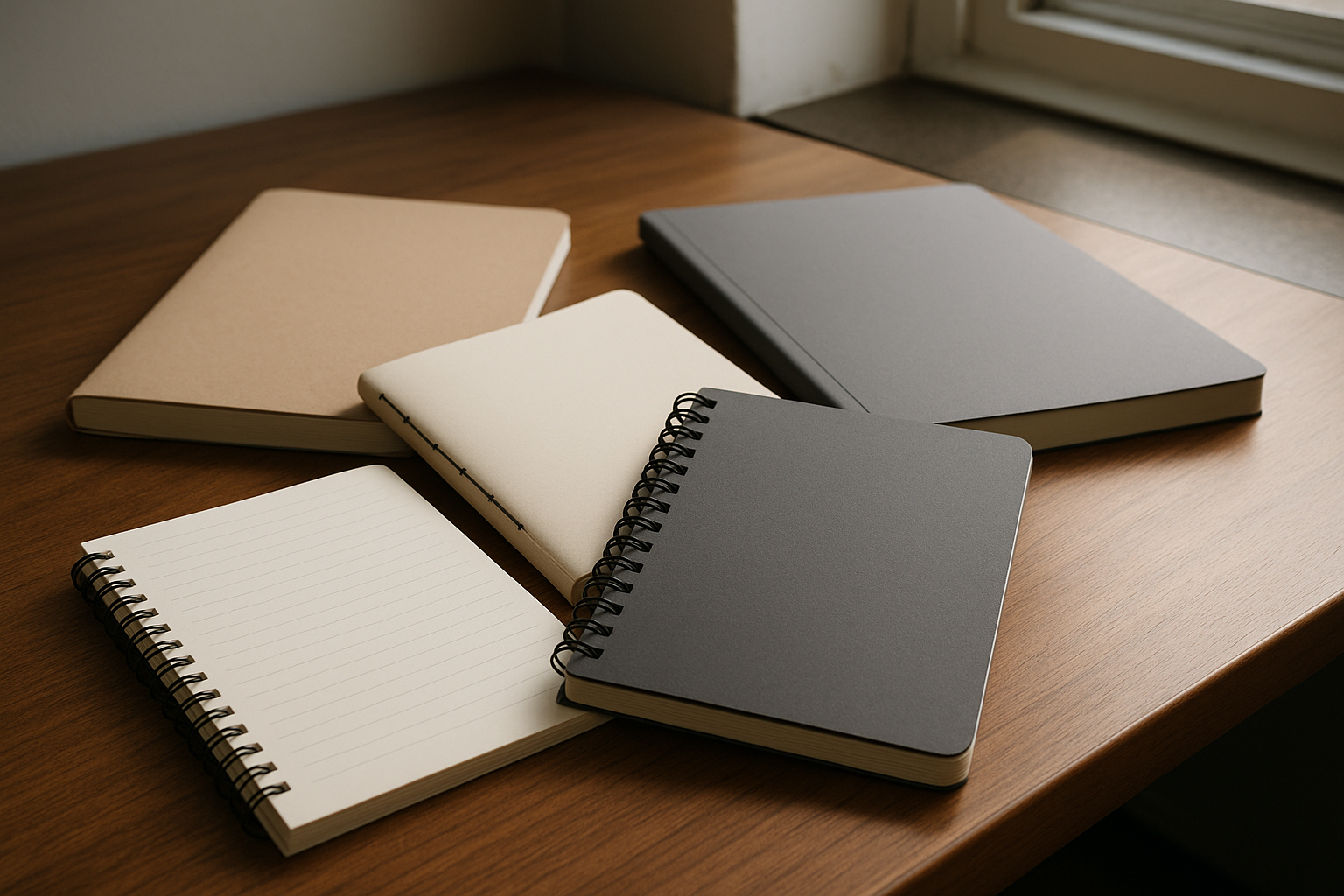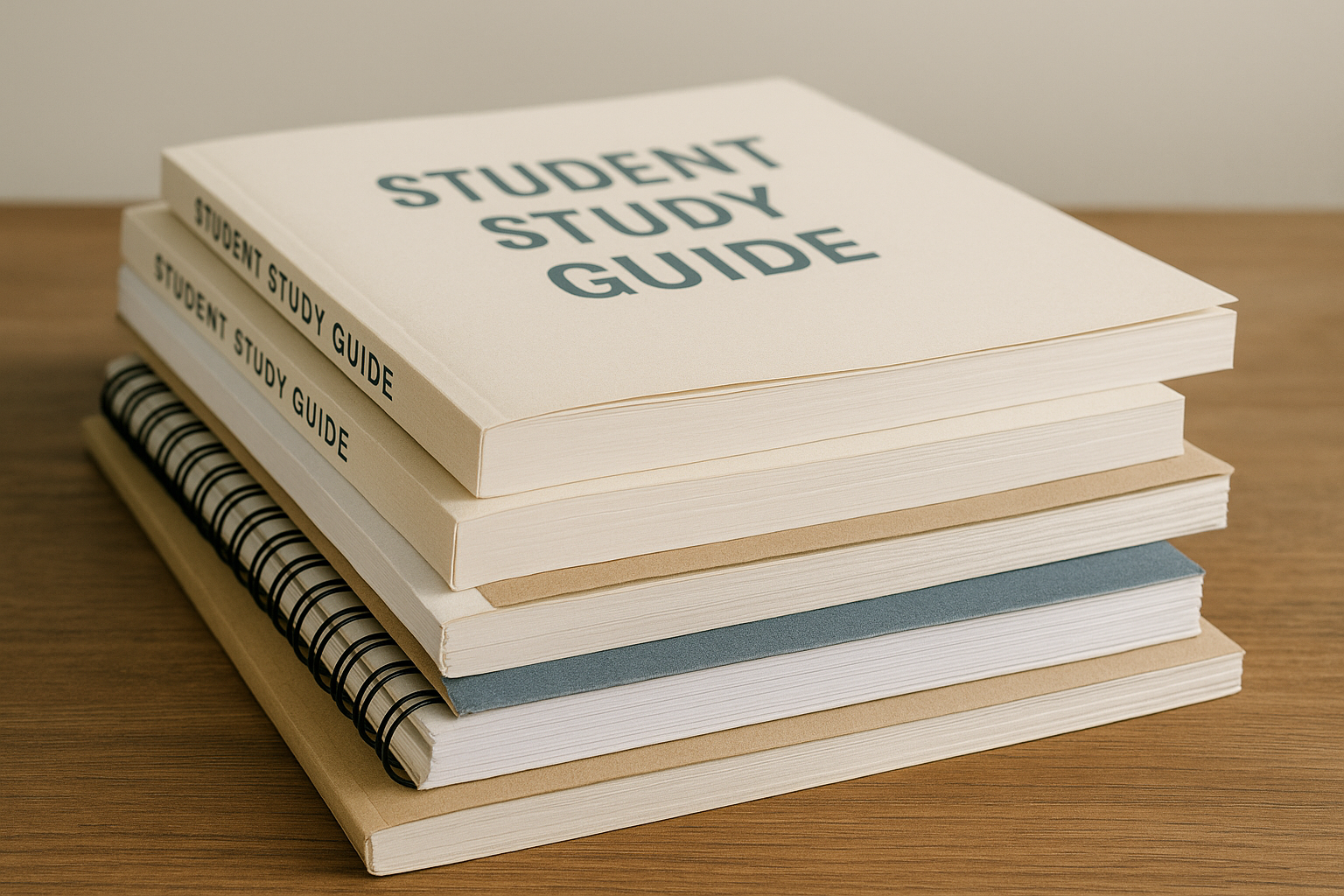Paperback book printing is one of the most cost-effective and flexible ways for first-time authors to get a professionally bound book into readers’ hands, whether you’re publishing a novel, a training manual, or bulk educational printing for schools in South Africa.
What is paperback book printing?
Paperback book printing refers to producing books with a soft cover (paperboard or heavy paper stock) rather than a hardcover. It covers a range of commercial processes — from short-run digital print-on-demand jobs to long-run litho printing — and is widely used across industries like commercial printing, educational printing, catalogue printing and booklet printing. Paperback book printing is the go-to format for novels, mass-market titles, school textbooks, and many small business marketing books because it blends affordability with professional presentation.
How does paperback book printing work?
Paperback book printing generally follows three stages: prepress, printing and finishing. In prepress you prepare files (PDFs, fonts embedded, correct bleed and trim). Printing can be digital or litho depending on run length and budget. Finally, finishing includes trimming, binding (perfect binding for paperbacks), and optional custom print finishes such as matte or gloss lamination, spot UV, or embossing.
Here’s a simplified workflow:
- Manuscript formatting and design (interior and cover)
- Preflight and PDF export with correct bleed, margins, and embedded fonts
- Proofing (PDF proof or hard copy proof)
- Printing (digital print-on-demand or offset litho)
- Trimming, binding (perfect binding), and finishing
- Packaging and delivery across South Africa or distribution via retailers
Paperback book printing integrates with related services such as brochure printing, booklet printing, and catalogue printing for authors or small businesses who want companion marketing materials. A professional commercial printer will offer both litho and digital printing to match the appropriate technology to your job size and desired turnaround time.
How much does paperback book printing cost in South Africa?
Costs vary widely depending on page count, trim size, paper stock, colour or black-and-white interior, print run size, and finishing choices. For first-time authors, understanding the cost drivers helps you estimate and budget accordingly.
Typical cost factors include:
| Factor | How it affects price |
| Print run (quantity) | Higher quantities lower the per-unit cost (offset is cheaper at scale; digital POD is cost-effective for low runs) |
| Interior pages | More pages increase paper and finishing costs |
| Colour vs B&W | Full-colour interiors / covers cost more than black-and-white interiors |
| Paper and cover stock | Heavier stocks and coated finishes raise costs |
| Binding and finishes | Options like matte lamination, spot UV or embossing add to the cost |
As a rough benchmark, small print-on-demand paperback runs in South Africa can start from a single copy at a higher per-unit cost, while offset printing for 500–2,000 copies can bring the price down significantly. For school textbook printing and bulk educational printing for schools, buying a scheduled print run ahead of the school term often produces the best per-unit price and predictable delivery times.
What file specifications should I prepare for paperback book printing?
Getting your file specs right avoids production delays. Deliver a press-ready PDF with embedded fonts, CMYK colours (not RGB), correct trim size, and 3–5 mm bleed. Interior files should include page numbers, consistent margins, and a table of contents where applicable. The cover must be a single PDF that includes the back cover, spine and front cover — sized to the final page count and paper thickness.
Recommended checklist:
- Set trim size and include 3 mm bleed on all sides
- Embed all fonts
- Convert images to 300 DPI and CMYK for print
- Include crop marks and remove printer marks from the live area
- Provide a PDF proof and check page sequencing
Printers offering custom publishing and training manual printing will usually provide a downloadable template with correct spine width calculations and safe area guidelines — these templates are particularly useful for first-time authors preparing covers for commercial distribution.
Which binding and cover finishes are best for paperbacks?
Most paperbacks use perfect binding (glued spine), which provides a clean, professional look and works well for both short and long runs. For durability and retail presentation you can add finishes such as laminate (matte or gloss), soft-touch lamination, spot UV, varnish, or embossing. The choice depends on budget and the book’s purpose: textbooks and school materials often favour durable matt or soft-touch finishes for handling in classrooms, while fiction and lifestyle books frequently use glossy or spot UV finishes for visual impact.
Common cover finish options:
- Gloss lamination — vibrant, reflective finish
- Matte lamination — subtle, modern look with less glare
- Soft-touch — premium tactile feel, popular for gift books
- Spot UV — accentuates areas with glossy highlight
Can I print textbooks and order bulk educational printing for schools?
Yes. printers in South Africa like Print It ZA specialise in educational printing and school textbook printing, offering bulk pricing, curriculum scheduling and fast turnaround printing to meet term start dates. Schools and education departments often require robust binding, durable covers and cost-effective paper choices to maintain budgets. Printers like Print It ZA are experienced in educational projects, also handle related services like booklet printing, catalogue printing, and training manual printing, which helps schools produce cohesive learning materials.
For textbook projects you should plan ahead: provide final curriculum files early, confirm quantities, select paper weight for durability, and agree on delivery windows to ensure books arrive before the school term begins. Using a printer with print delivery across South Africa reduces logistics headaches and can save on freight when scheduling bulk runs.
For more on related services, check brochure and booklet options available for marketing and classroom support: Textbook printing, Training manual printing, and Books printing.
Is print-on-demand or offset better for my paperback book printing project?
Both methods have pros and cons. Print-on-demand (POD) is ideal for low-volume projects, self-published authors, or when you want to avoid inventory and storage costs. Offset litho printing becomes more economical as quantities increase (typical break-even often starts around several hundred copies), and offers greater options for paper stocks and finishing at scale.
Decision factors:
- Quantity — POD for <200 copies; offset for larger runs
- Turnaround — POD often has faster turnaround for single copies; offset requires setup time
- Cost per unit — offset lowers per-unit cost for large runs
- Finish and colour accuracy — offset typically gives more consistent colour over large runs
Printers that offer both litho and digital printing technologies can recommend the best approach for your book, balancing cost, quality and turnaround.
How long does paperback book printing take (turnaround times)?
Turnaround depends on print method, complexity and finishing. Short-run digital POD jobs can be completed in days, while offset runs may take 5 to 7 working days including proofs, printing and finishing. For bulk educational printing for schools or catalogue printing with additional handling and packing, allow more lead time to coordinate delivery schedules across South Africa.
Typical timeline:
- Prepress and proofing: 1–2days
- Digital printing (short runs): 3–5 days
- Offset printing (mid-to-long runs): depending on volume 5–7 working days days
- Finishing, binding and QA: included in the above timelines
Fast turnaround printing is possible when files are press-ready and you choose digital printing, but always ask for a production schedule and factor in shipping time if delivery across provinces is required.
Can paperback book printing include eco-friendly options?
Yes. Many commercial printers now offer eco-friendly printing options such as FSC-certified paper, eco inks, recycled paper stocks, and energy-efficient processes. Choosing lighter paper weights where appropriate, water-based varnishes instead of chemical coatings, and working with printers that minimise waste can reduce the environmental impact of your print run. Eco choices are especially relevant for educational printing and school textbook printing, where large volumes magnify the environmental footprint.
How do I distribute and deliver printed paperbacks across South Africa?
Distribution depends on your sales channels. For direct sales, printers or fulfilment houses can pack and ship orders to customers or to bookstores. For retail distribution, coordinate with wholesalers and retailers to meet their delivery and labelling requirements. Printers familiar with print delivery across South Africa can manage bulk freight, palletised shipping, and drop-shipping to multiple locations — a useful service for school deliveries and event promotions.
Common delivery options:
- Courier services for direct-to-customer orders
- Palletised freight for bulk textbook or catalogue deliveries
- Fulfilment and print-on-demand integration for ongoing orders
Practical tips for first-time authors using paperback book printing
First-time authors should plan for production early, budget for proofs and marketing materials, and choose a printer experienced in both book printing and related services like brochure printing and booklet printing so your promotional collateral matches your book quality. Here are practical tips:
- Order a hard-copy proof before authorising a full print run
- Consider a small initial offset run or POD to test the market
- Work with designers who understand spine calculations and trim loss
- Plan school or event timelines in advance if you need bulk educational printing
- Ask about eco-friendly options and bulk discounts for catalogue or brochure tie-ins
Also consider creating companion materials such as marketing brochures or a catalogue of your work to use at events — printers that provide both book and brochure printing services simplify coordination and can often offer bundled pricing.
Why choose a local commercial printer in South Africa for paperback book printing?
Local printers offer regional knowledge, faster logistics and the ability to coordinate deliveries and support in-person proofs and consultations. In South Africa, experienced commercial printers serve sectors like educational printing, school textbook printing, and packaging printing, and can advise on practical matters such as term schedules, local postal constraints and cost-effective freight. Working locally also makes it easier to inspect proofs, request custom print finishes, and leverage fast turnaround printing when deadlines are tight.
According to Wikipedia, mass-market paperback formats were popularized in the 1930s and have remained one of the dominant formats for affordable reading material globally; partnering with a local printer helps you adapt that format to local distribution channels and reader expectations. According to Statista, the global book market was valued at around $130 billion in 2020, showing the continued scale and relevance of print; and according to Bowker, self-publishing growth has driven millions of new titles into print-on-demand pipelines worldwide, making POD a realistic option for many first-time authors.
Where can I learn more or get started with my paperback book printing project?
Getting started with a paperback book printing project begins with a press-ready PDF and a clear idea of your requirements. You’ll need to think about whether litho or digital printing is the best fit for your project, and factor in related services like booklet printing or catalogue printing if you’re producing marketing or educational add-ons. For schools, it’s especially important to work with a partner experienced in school textbook printing and bulk educational orders—one who can align print delivery with South Africa’s school term schedules.
To make smart choices, request samples of paper stocks and finish options, confirm costs at different quantities, and check lead times. This ensures you know exactly what you’re paying for before committing to a run.
When it comes to reliable results, Print It ZA is the option for South African authors, educators, and businesses. We handle everything—from layout templates and proofing checks to nationwide delivery—so your paperback books arrive on time, looking exactly as you envisioned.
Related services you may find useful: Brochure printing services, Booklet printing, and Catalogue printing.


